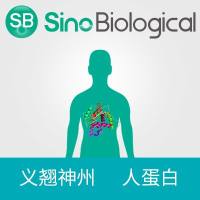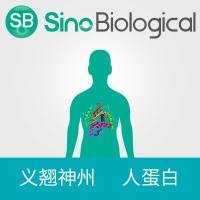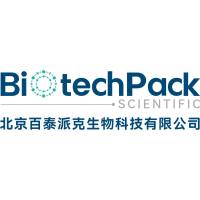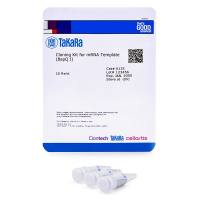Site-directed mutagenesis is a powerful technique by which specific changes can be generated in a target DNA molecule for either structure-function investigations or for creating and deleting endonuclease restriction sites. There have been several oligonucleotide-directed mutagenesis procedures described in the literature that allow for selection against the wild-type DNA, thereby giving enrichment in those sequences carrying the desired mutation (
1 –
4 ). Collectively, these methods suffer from a number of drawbacks, including multi-enzymatic steps, the necessity for DNA precipitation, the need for convenient restriction sites, and a requirement for specialized vectors. An elegant method for achieving site-directed mutagenesis has been described by Kunkel et al. (
5 ,
6 ) that avoids these problems and at the same time produces a high percentage of DNA molecules with the designed mutation. This process is schematically outlined in Fig. 1 . It relies on the observation that an
E. coli strain lacking two key enzymes, dUTPase
(dut) and uracil N-glycosylase
(ung) , will synthesize DNA with a small number of uracil bases substituted for thymine. Uracil containing single-stranded DNA (ssDNA) prepared from this
dut − , ung
− host strain can be used as a template for a mutagenic oligonucleotide to prime in vitro DNA synthesis of a complementary strand. When this heteroduplex is transformed into a wild-type (
dut + ,
ung + )
E. coli the uracil template strand is selectively inactivated, resulting in a majority of the progeny having the designed mutation.
Fig. 1. Site-directed mutagenesis based on the Kunkel method. A uracil-containing ssDNA is prepared by passage through a dut − , ung − E. coli host strain. The template is primed in vitro with the mutagenic oligonucleotide and then a dsDNA heteroduplex is generated following the addition of a DNA polymerase and T4 DNA ligase. The heteroduplex is transformed into a dut + , ung + wild-type E. coli that selects for the newly synthesized mutagenic DNA strand through preferential inactivation of the uracil-containing DNA strand.








